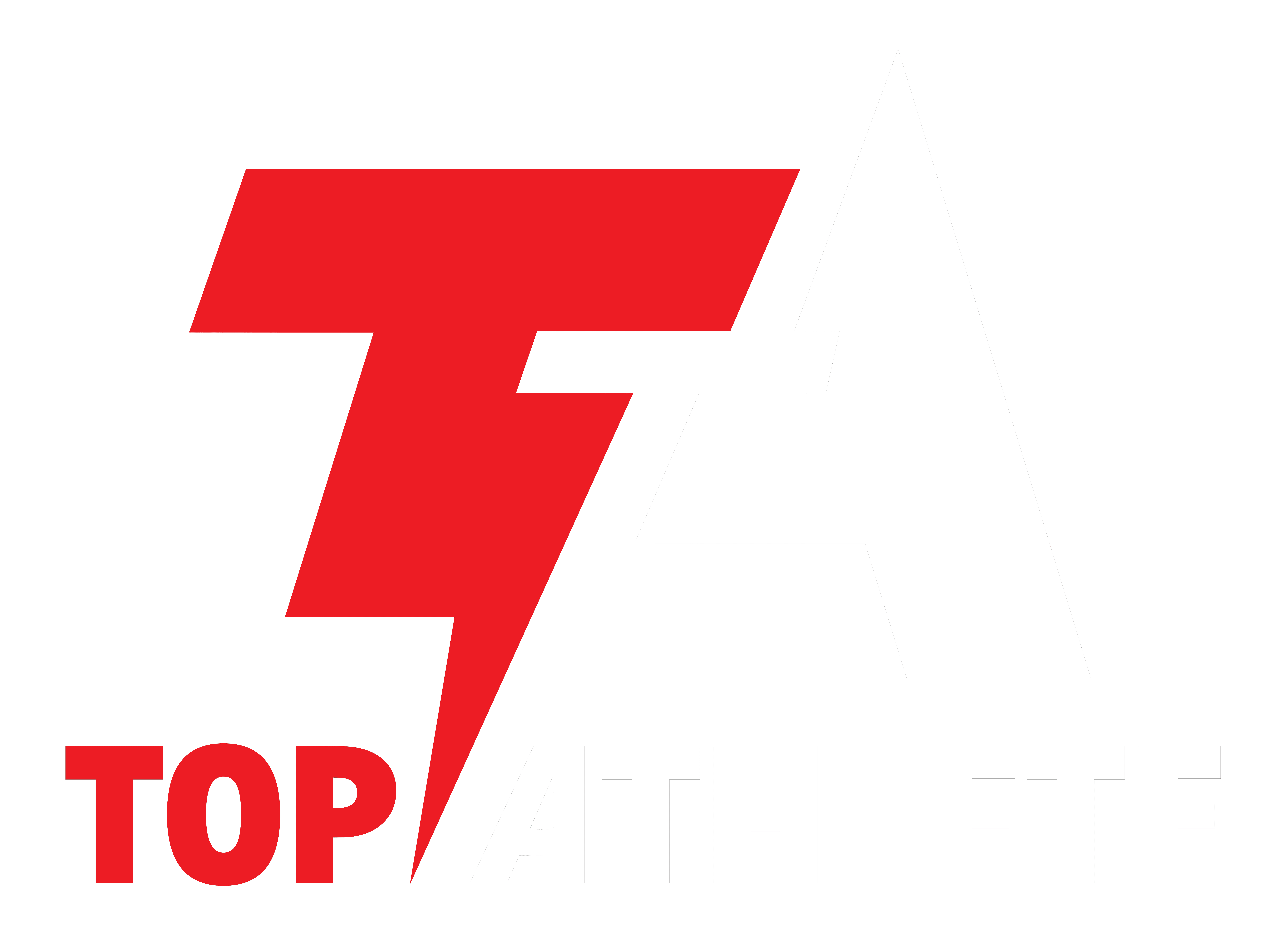
WSBB BLOG: BREAKDOWN OF A MAX EFFORT UPPER WORKOUT

Posted on July 21th
To be a complete athlete, one must possess a strong lower body and a strong upper body. Understanding this, the Conjugate Method utilizes two max effort training days per week designed to recruit maximal amounts of motor units, leading to increases in absolute strength. Not only does increasing absolute strength result in more pounds added to the bar, but it also increases your overall capacity to develop speed-strength, strength speed, and strength endurance.
It can be said that absolute strength is the ultimate strength to possess, knowing that a strong athlete is more athletic and more durable. Max effort upper focuses on utilizing the bench press and the overhead press to increase upper body strength and pressing power. Below, we will go over what a typical max effort upper workout is like at Westside Barbell.
THE MAIN EXERCISE
When you are training max effort upper using the Conjugate Method, you will typically choose either a bench press variation or an overhead press variation. At Westside, it is common for our athletes to choose a max effort bench press variation three times per month, opting to utilize an overhead press variation one time per month. These variations will be reasonable, using exercises such as the floor press, incline press, push press, strict press, close grip bench press, and seated overhead press.
Athletes can use accommodating resistance as well. Chains and bands of various weights can be used, while the football bar, axle bar, and cambered bar are the go-to specialty bars on max effort bench days. At Westside, we most commonly train our max effort upper main exercise by working up to a top set single. However, there are times where we will perform top sets or multiple sets using reps of three to five if a particular athlete is showing the need for volume training to continue progressing.
ACCESSORY EXERCISES
Once you have completed your main exercise of the day, it is time to move on to accessory exercises. The focus of accessory exercises is always to address known weaknesses immediately, using data from the max effort lifts to evaluate and pinpoint weak muscle groups. Accessory movements should not be considered a break or the easy part of your training. Truthfully, if performed with proper motivation, your accessory work will be more physically taxing than your max effort work.
On a max effort upper training day, athletes will typically choose three to five exercises to be performed as accessories. These exercises will be performed for eight to twelve reps while using the heaviest weight you can use to complete the set while maintaining safe form and proper movement patterns. Be mindful of your recovery status, and make sure to choose your accessory exercises accordingly. If an athlete is feeling great, it is good to choose four or five accessory exercises. If an athlete is experiencing extended levels of fatigue that impact sport or training performance, the best option is to decrease the number of accessory exercises selected.
GPP
Upper body GPP is relatively simple and to the point. At Westside, we raise our upper body training capacity by using high-volume exercises designed to target specific areas crucial to the bench press. For instance, a good GPP selection of workouts to end a training day would be face pulls using a sled, followed by AMRAP pressdowns against bands.
First, you would execute face pulls with a sled, pulling the sled by face pulling for a predetermined distance. This would then be immediately followed up by a burnout set of band pressdowns, going until your triceps lock up. We would repeat this four to six times, trying to do a little more work each set.
Original Post
Let Us Know
Send a message with any questions about our services.
Contact Us
Office location
1928 Greenspring Dr, Timonium, Maryland, 21093Give us a call
(410) 616-9540Send us an email
[email protected]Other website
train.thetopathletesystem.com